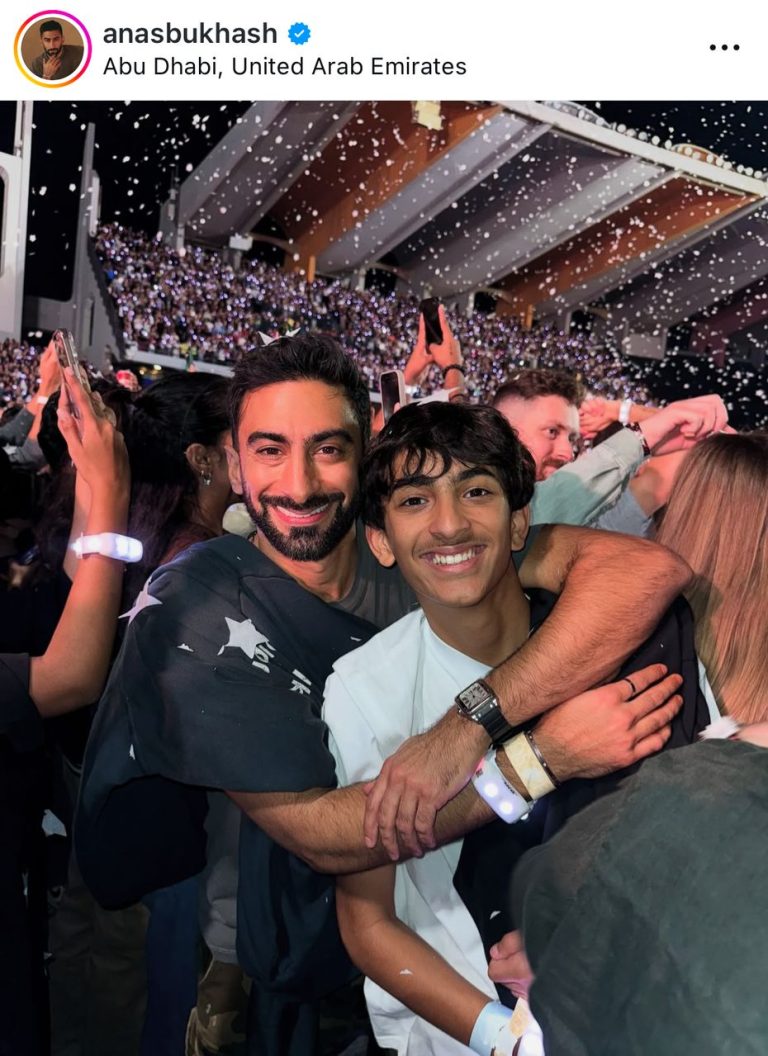Travel Influencers on YouTube & Instagram 2025 | Their Impact on Tourism

Travel’s never been the same since influencers took over our screens. Remember when you’d flip through a dusty guidebook or ask a friend for recs? Now, it’s all about scrolling Instagram or binging YouTube vlogs to figure out where to go next. These digital nomads—camera in one hand, passport in the other—aren’t just showing off pretty views; they’re shaping where we travel, how we travel, and even why we travel. So, who are the top travel influencers on YouTube and Instagram right now, and what kind of mark are they leaving on tourism? Let’s dive in.
The Rise of Travel Influencers in 2025: What’s Changed?
The travel influencer scene isn’t what it used to be. Back in the day, you could slap a dreamy beach pic on Instagram and watch it blow up. But now, in 2025, it’s all about keeping it real, telling unique stories, and actually connecting with people.

So, what’s shifted?
- Short-form content’s taking over: Instagram Reels and YouTube Shorts have pretty much elbowed out those old-school travel vlogs. Sure, long storytelling still has its charm, but it’s the quick, catchy videos that are racking up the likes and shares.
- Budget travel’s the hot thing: With more digital nomads popping up and the global tourism vibe changing, affordable, experience-packed trips are stealing the show. Luxury travel influencers haven’t faded away, but it’s the budget-friendly adventure stuff that’s got everyone hooked.
- Micro-influencers are the real MVPs: Brands are ditching the mega-influencers with millions of followers but meh results, and betting on smaller creators with tight-knit, engaged crowds instead.
Now, let’s dig into how travel influencers differ depending on where they’re at in the world.
Travel Influencers by Region: Who’s Leading the Game?
1. North America: The Land of High-Value Sponsorships
Travel influencers in the U.S. and Canada are known for their high-budget, cinematic travel content. Many American influencers focus on adventure travel, luxury experiences, and sponsored brand collaborations with airlines and hotels.
- Average cost per sponsored post: $10,000 – $50,000
- Engagement rate: Moderate (3-7%)
- Popular content styles: Luxury travel, road trips, adventure tourism
🔹 Example Influencers:
| # | Influencer Name | YouTube | Known For | |
|---|---|---|---|---|
| 1 | Drew Binsky | Drew Binsky | @drewbinsky | Traveling to every country in the world |
| 2 | Kara and Nate | Kara and Nate | @karaandnate | Masters of budget-friendly yet immersive travel experiences |
| 3 | Christian LeBlanc (Lost LeBlanc) | Lost LeBlanc | @lostleblanc | A mix of luxury and digital nomad lifestyle |
Key Trend in 2025:
More American influencers are shifting to authentic, experience-driven storytelling, moving away from overly polished content to more real, personal narratives.
2. Europe: Storytelling & Cultural Exploration
European travel influencers often take a documentary-style approach, diving deep into history, culture, and unique experiences rather than just showing scenic locations.
- Average cost per sponsored post: $5,000 – $20,000
- Engagement rate: High (5-10%)
- Popular content styles: Cultural tourism, eco-tourism, slow travel
🔹 Example Influencers:
| # | Influencer Name | YouTube | Known For | |
|---|---|---|---|---|
| 1 | Eva Zu Beck | Eva Zu Beck | @evazubeck | Focuses on off-the-beaten-path destinations and deep cultural immersion |
| 2 | Bald and Bankrupt | Bald and Bankrupt | [N/A] | Famous for his raw, unfiltered travel experiences in lesser-known places |
| 3 | Hey Nadine | Hey Nadine | @heynadine | Adventure and backpacking through Europe |
Key Trend in 2025:
Sustainable travel is booming in Europe. Brands that promote eco-friendly travel, train journeys, and off-grid adventures are partnering with influencers who emphasize slow, mindful tourism.
3. The Middle East: The Rise of Luxury & Local Exploration
The Middle East has emerged as a hotspot for high-end tourism and adventure travel. Influencers in this region often showcase luxury resorts, desert experiences, and cultural deep-dives.
- Average cost per sponsored post: $3,000 – $15,000
- Engagement rate: Very high (10-20%)
- Popular content styles: Luxury travel, cultural tourism, desert adventures
🔹 Example Influencers:
| # | Influencer Name | YouTube | Known For | |
|---|---|---|---|---|
| 1 | Khawla Al Romaithi | N/A | [N/A] | Emirati traveler promoting Middle Eastern heritage |
| 2 | Jay Alvarrez | [N/A] | @jayalvarrez | A mix of Middle Eastern luxury and adventure sports content |
| 3 | Anas Bukhash | Anas Bukhash | @anasbukhash | More interview-based but deeply connected to the region’s travel culture |
Key Trend in 2025:
Middle Eastern influencers have some of the highest engagement rates globally, as audiences in the region trust influencer recommendations more than traditional ads.
4. Asia: Budget Travel & Digital Nomad Lifestyle
Asian travel influencers dominate budget travel, digital nomad content, and immersive street food experiences. The lower cost of travel in many Asian countries has made influencers in this region highly influential among backpackers and budget-conscious travelers.
- Average cost per sponsored post: $2,000 – $10,000
- Engagement rate: Moderate to high (5-12%)
- Popular content styles: Budget travel, food tourism, digital nomad lifestyle
🔹 Example Influencers:
| # | Influencer Name | YouTube | Known For | |
|---|---|---|---|---|
| 1 | The Food Ranger (Trevor James) | The Food Ranger | @thefoodranger | Deep dives into Asian street food culture |
| 2 | Mark Wiens | Mark Wiens | @migrationology | A food and travel YouTuber with a massive global following |
| 3 | Nick and Helmi | Nick and Helmi | @nickandhelmi | Digital nomad couple sharing budget-friendly travel guides |
Key Trend in 2025:
Asia is leading in affordable solo travel trends, with influencers showing how to experience major cities and hidden gems on a budget under $50 per day.
YouTube vs. Instagram: Which Platform Works Best for Travel Influencers?

Both platforms play a crucial role, but they serve different purposes when it comes to travel influence.
| Platform | Strengths | Best For | Engagement Rate |
| YouTube | Long-form content, deeper storytelling | Destination guides, in-depth experiences | 3-7% |
| Short, viral-friendly content | Quick recommendations, travel inspiration | 5-15% |
🔹 Key Takeaway:
- If a brand wants long-term exposure, YouTube is the way to go.
- If a brand wants fast, viral reach, Instagram wins.
How They’re Steering the Travel Ship
Influencers like these don’t just show us where to go; they’re straight-up changing the game for destinations. Take Iran, for example. A decade ago, it barely registered on most Western travelers’ radars—too much political baggage, too little hype. Then vloggers like Lost LeBlanc and Drew Binsky started posting about its ancient ruins, bustling bazaars, and warm locals. Suddenly, searches for “travel to Iran” spiked. Iran’s tourism board even reported a 50% jump in foreign visitors between 2015 and 2019, and while influencers aren’t the whole story, they’ve absolutely played a part in putting it on the map.
It’s not just off-the-beaten-path spots either. Over on Instagram, influencers have turned places like Santorini and Bali into must-visit meccas. Remember those whitewashed rooftops with blue domes? Yeah, thank influencers for the endless photo ops clogging your feed—and the 1.5 million tourists cramming Santorini’s tiny streets every year. Bali’s got a similar tale: the island’s Instagram fame (think Ubud rice fields and infinity pools) helped push visitor numbers past 6 million in 2023. Local businesses—hotels, tour guides, even that guy selling coconuts—cash in big when influencers tag their spots.
But it’s not all sunshine and likes. This kind of hype can backfire. Ever heard of “overtourism”? Places like Venice and Dubrovnik are drowning in crowds partly because influencers made them too cool to skip. Bali’s locals have even started pushing back with “no photo” zones to reclaim their space. Influencers might spark the wanderlust, but they don’t always stick around to deal with the mess.
The Power of Trust and Trends

Why do these creators have so much sway? Simple: we trust them more than a glossy ad. When Kara and Nate rave about a $20 hostel or Murad Osmann posts a dreamy shot of a hidden gem, it feels personal—like a friend tipping you off. A 2023 survey by Nielsen found 92% of people trust recommendations from individuals over brands, and influencers fit that bill perfectly. They’re not faceless corporations; they’re real people (or at least seem that way) sharing real experiences.
They also set trends that ripple through the industry. Solo travel’s booming—up 42% since 2015, per Skift—and influencers like The Blonde Abroad are a big reason why. She’s out there proving women can hit the road alone and thrive, inspiring a wave of adventurers to do the same. Same goes for sustainable travel. Creators like Louis Cole (FunForLouis on YouTube) weave eco-friendly tips into their content—think zero-waste packing or supporting local artisans—nudging their millions of followers to think greener.
The Flip Side: Are They Selling Us Out?
Let’s keep it real: not every influencer’s out there for the love of travel. Some are walking billboards. That “authentic” moment sipping chai in a Moroccan riad? Could be a paid collab with a hotel chain. A 2024 report from Influencer Marketing Hub pegged the travel influencer market at $4.5 billion, and brands like Airbnb and Expedia are throwing cash at these creators to push their products. It’s not all shady—partnerships can fund epic content—but when every post’s a #ad, you start wondering how much is legit.
And then there’s the authenticity question. Those polished feeds and edited vlogs? They don’t show the canceled flights, dodgy bathrooms, or grumpy locals tired of selfie sticks. It’s a curated fantasy—and we eat it up. Problem is, it sets crazy expectations. You roll into Cappadocia expecting a balloon-filled sunrise, but half the time it’s cloudy or booked out. Influencers sell the dream, but reality doesn’t always match the filter.
Does Influencer Marketing Still Work for Travel Brands?
The short answer? Yes, but the game has changed.
✅ People trust influencers more than traditional ads. 75% of travelers say they book trips after seeing influencer recommendations.
✅ Micro-influencers now have more power. Brands are moving away from mega-influencers and investing in smaller creators with loyal, engaged audiences.
✅ Short-form content is the future. Travel influencers who master Instagram Reels and YouTube Shorts are outperforming those who still rely on long-form vlogs.
Brands that adapt to these shifts will get the most out of influencer marketing in 2025.
Bonus: Top Mistakes Brands Make When Working with Travel Influencers
Brands often waste money by choosing the wrong influencer marketing strategy. Here’s what NOT to do:
🚫 Focusing only on follower count: A million followers doesn’t mean real influence. Engagement rate matters more than numbers.
🚫 Forgetting long-term partnerships: One-time posts don’t convert. The best campaigns involve multiple collaborations over time.
🚫 Not setting clear expectations: Brands need to give influencers creative freedom but also set clear goals (e.g., bookings, traffic, engagement).
🚫 Ignoring micro-influencers: Smaller influencers often convert better than big names. They build stronger trust with their audience.
Final Thoughts: Who’s Next on the Radar?
The influencer scene’s always shifting, so let’s spotlight a couple of rising stars. On YouTube, Allison Anderson is killing it with her minimalist travel vlogs—think thoughtful takes on places like Japan or Patagonia, with 600k subscribers and counting. Over on Instagram, Sorelle Amore blends travel with self-empowerment, posting raw, unfiltered shots from Iceland to India for her 300k followers. These folks aren’t just racking up likes; they’re building communities that could shape tourism’s next wave.







